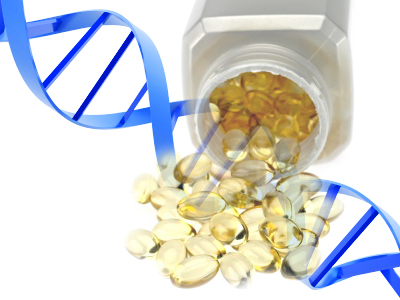
Genetic and environmental factors both impact an individual’s lipid traits – such as levels of cholesterol and triglycerides – and are likely to interact in shaping those traits, but few studies have investigated such interactions.
Dana Crawford, Ph.D., associate professor of Molecular Physiology & Biophysics, post-doctoral fellow Logan Dumitrescu, Ph.D, and colleagues have now explored the interaction between 23 different lipid-associated gene variants and serum levels of vitamin A and E (antioxidants that may play a role in lipid metabolism). They analyzed samples from more than 5,500 participants in the CDC’s National Health and Nutrition Examination Survey (NHANES), a diverse population-based survey that includes clinical, dietary and lifestyle data.
The researchers identified three gene-vitamin A interactions and six gene-vitamin E interactions. They report in the November issue of Human Genetics that these interactions account for less than 2 percent of the variability in lipid levels in the general population. Despite this small effect size, the investigators suggest that understanding the mechanisms of gene-environment interactions is important for determining the causes of poor lipid profiles and could have implications for clinical care.
This research was supported by a grant from the National Human Genome Research Institute (HG004798) of the National Institutes of Health.















